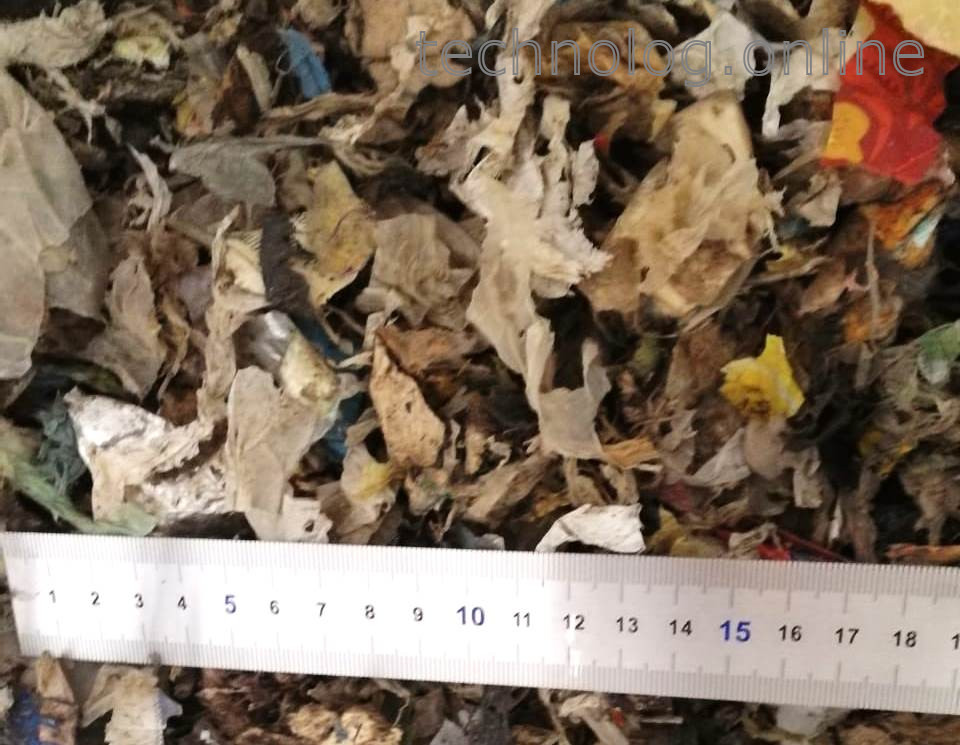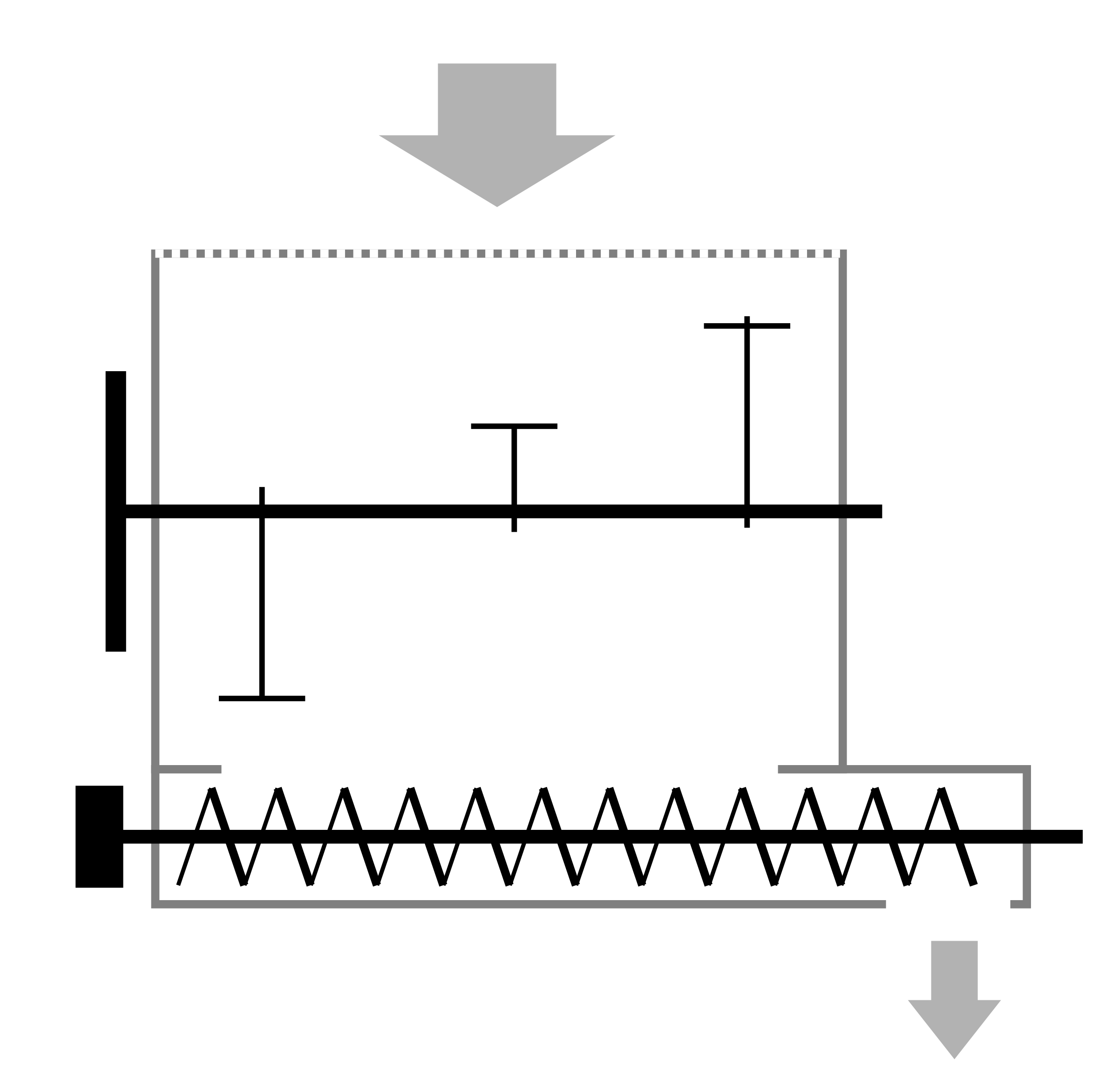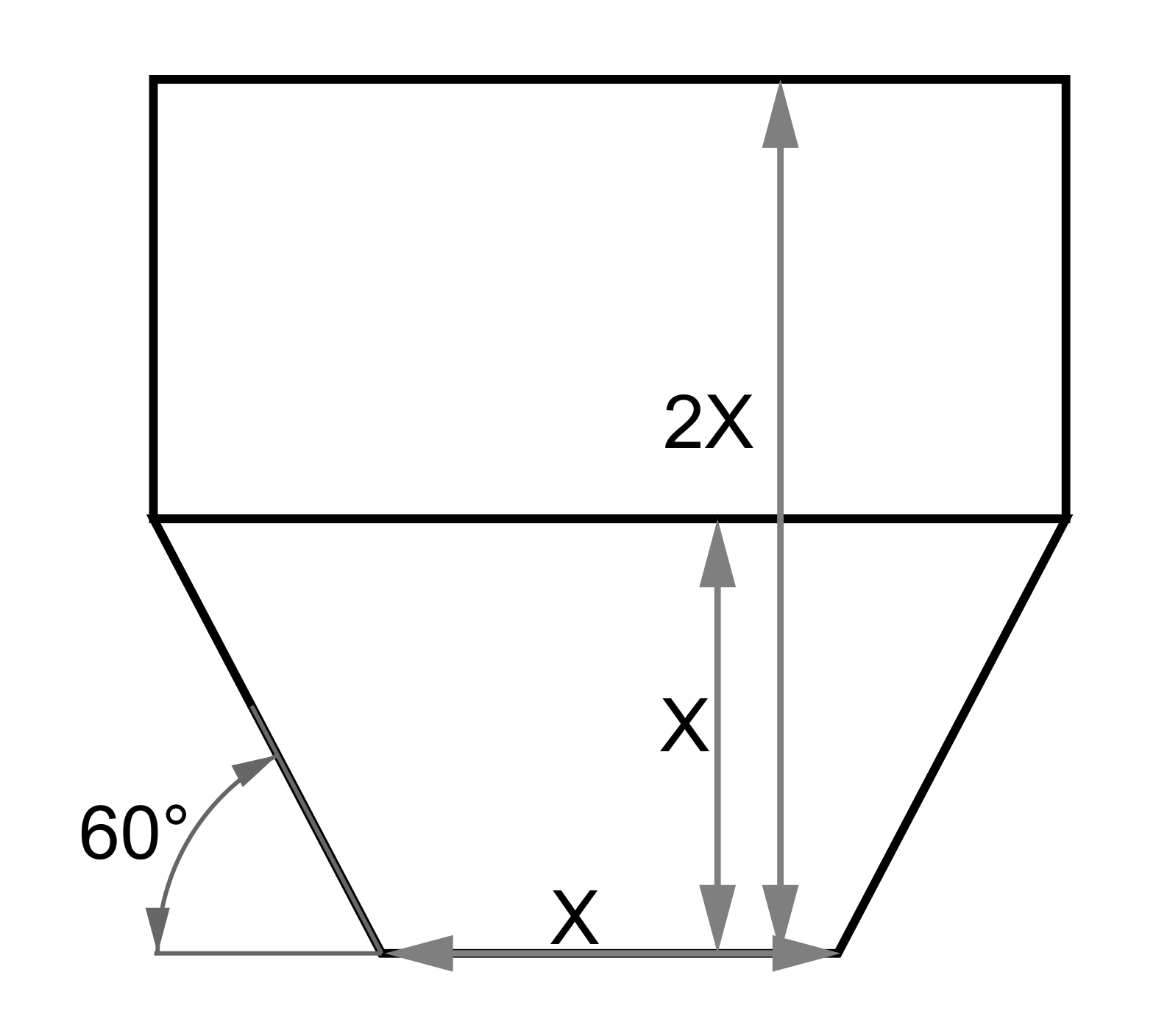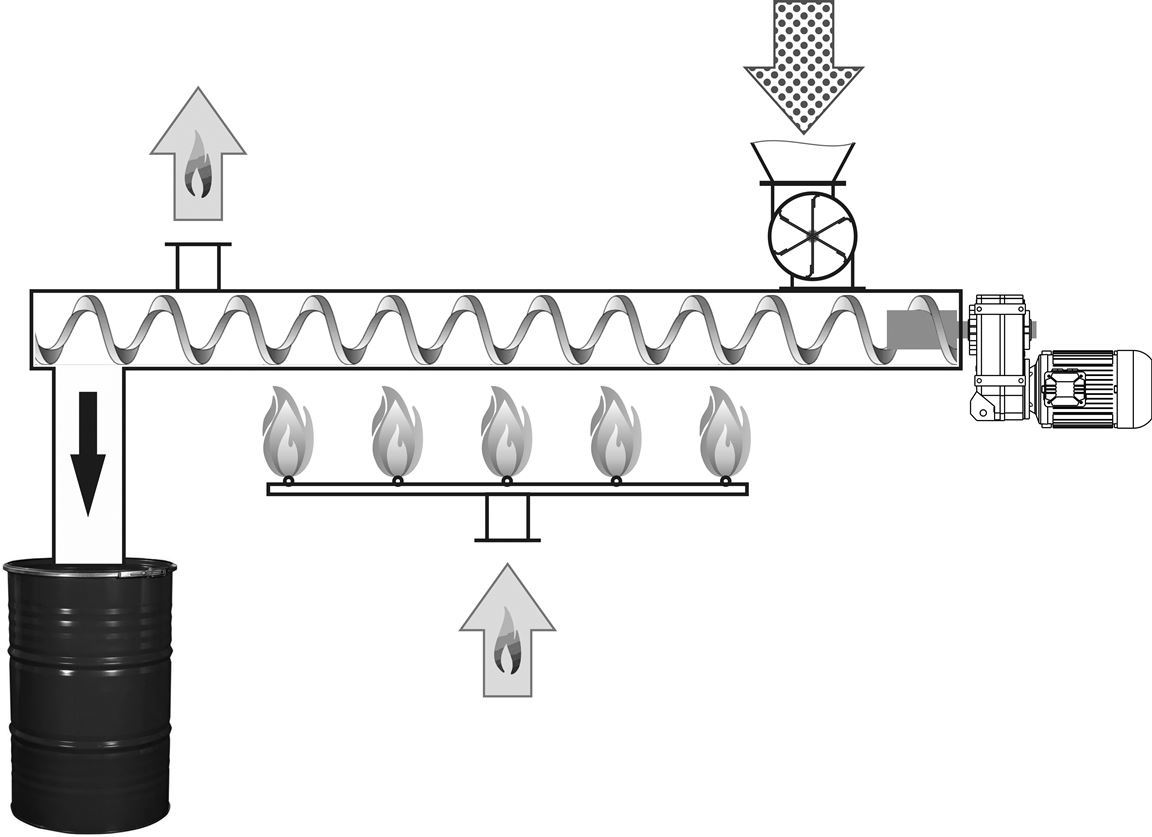Chips, sawdust, shavings, and other similar types of raw materials are typically stored in warehouses with at least three strong walls that can withstand encounters with a front-end loader's bucket. These walls are built to a height of 2-3 meters (7-10 feet), and above them, an arch-type roof is constructed. Undoubtedly, reinforced concrete monolithic walls might seem the most durable and lasting. However, frame walls built on vertically installed rails and covered with 5mm steel sheets can compete with them in cost. With proper framing, this kind of construction remains reliable after repeated impacts. A significant advantage of a steel partition is the ability to quickly and easily relocate or remove a section of the wall. Over time, the site where the enterprise is located becomes more valuable. As production intensifies, free space runs out quickly. Dismantling a concrete wall is extremely labor-intensive, and a once-reliable warehouse can become an obsolete monument.
It's important to note that biomass, when stored in large volumes, can accumulate heat from biochemical reactions during decomposition due to its low thermal conductivity, leading to temperatures of 60-70°C (140-158°F) inside the pile. At certain humidity levels, these processes can shift to pyrolysis and spontaneous ignition. Predicting this for each type of raw material is difficult, but generally, raw material should not be stored for more than a month, and prior arrangements for fire hydrants, pumps, and a fire pond should be considered to control a fire. Dry raw material is better not stored in one place exceeding 100 cubic meters (approximately 3,000-4,000 cubic feet), as the fire can be rapid and uncontrollable, especially if there is wind. During the installation of one plant, a demonstration took place before raw material was brought into the shop. Half a bucket of shavings was placed in a draft near the gate, with a smoldering cigarette on top. In two minutes, there was active smoke, and by the fourth minute, flames appeared.
Wood raw materials have a bulk density 5 to 10 times less than sand or gravel. Therefore, it's advisable to order a larger bucket for the front-end loader from the start. Using the same loader for raw material feeding and site cleaning is not recommended, as it increases the likelihood of stone and other contaminant inclusion, especially during rainy seasons and low temperatures. In this regard, tractors with quick-change tool capability are convenient, where buckets for different purposes are stored under a shed with easy access.






